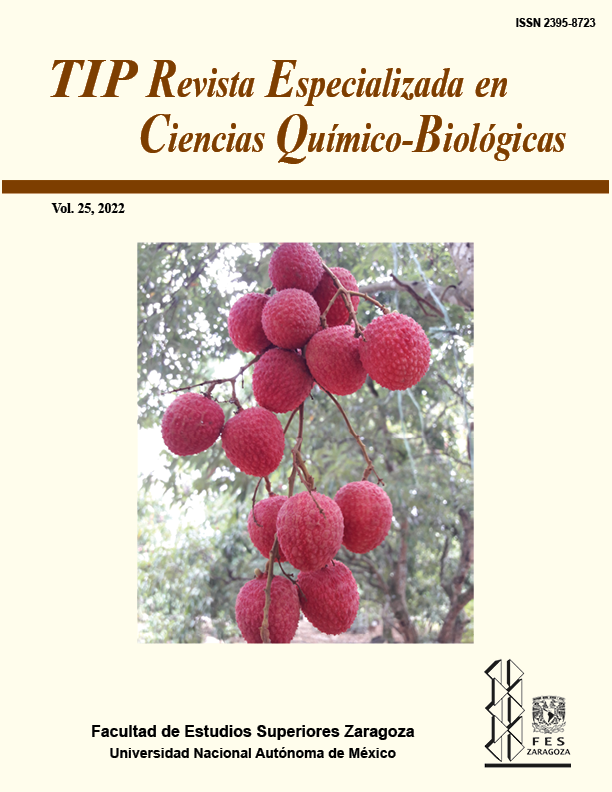Abstract
The maize crop is affected by the “army worm” Spodoptera frugiperda and the severity of the damage it causes to the plants negatively affects both their growth and yield. The objective of this study was to evaluate the effect of using different probiotics and agrochemicals for its control. The experiment was carried out in a randomized block design in a split plot arrangement with three replications. The large plots were the chemical products: Chlorpyrifos (Ch) and Emamectin benzoate (Eb) in doses of 0.625 and 0.150 L ha-1, respectively, more the control, and the small plots were the probiotics Bacillus thuringiensis (Bt) and Beauveria bassiana (Bb) in doses of 0.512 kg ha-1 and 0.750 L ha-1, respectively, more the control. The treatment with Be was positive due to the result of a lower percentage of infested plants (PIP) and a reduced severity of damage (SD) produced by S. frugiperda, in addition to an increase in both plant vigor and crop yield grain, with values of 24.6%, 4.5 and 6.8 ton ha-1, respectively. There was no statistical difference between the Bt and Bb probiotics in grain yield, but it was higher than that obtained in each of the probiotics compared to the control. The decrease in PIP and SD, due to the pest, were more evident in the first 75 days after sowing (DAS), and from this number up to 90 days, the vigor and growth of the plant showed higher rates of increase.TIP Magazine Specialized in Chemical-Biological Sciences, distributed under Creative Commons License: Attribution + Noncommercial + NoDerivatives 4.0 International.



